Here at DC Histories, we try to make sense of the continuity that perplexes, befuddles, and intimidates. We discuss what worked and what didn’t. This week, we’re talking about the young clone of Superman, Superboy.
Superman was dead: to begin with. There is no doubt whatever about that.
After being killed by Doomsday, Superman’s body was stolen by a group of genetic engineers who worked for Project Cadmus. While in control of Superman’s body, Cadmus attempted to clone the last Kryptonian in existence so that he could continue to fight for truth, justice, and the American way. The Project had previous success in the science of cloning and they were eager to include Superman on their list of accomplishments. Of course, a few modifications were to be added to this new Superman so that he could be controlled by Cadmus when required. Before those fail-safes could be installed and before the clone was fully matured, a group of young Cadmus clones broken the young Superman out of the Project and set him free upon the world. They were worried that Cadmus would misuse the power of a brand new Superman. Outside Cadmus’s compound, the clone was given several belts, some gloves, an earring, and a leather jacket. Though he looked like a teenager, the clone had enough of an ego to not want to be called Superboy.
The clone’s desire to be called Superman never caught on with the outside world. When the original Superman came back from the dead, it made even less sense to call him Superman. Grudgingly, the clone took the name Superboy for himself.
Shortly after Superman’s return, Superboy went back to Cadmus to learn more about his origins. During his first few months in the real world, Superboy had discovered that while he had some of the same powers as Superman, he was missing several others. Though he could fly and had super-strength, he was sorely lacking in the vision powers. At Cadmus, friendly workers explained that Superboy wasn’t quite a real clone of Superman. He was actually a clone of a human with an approximation of Superman’s powers tacked on. There really wasn’t any Kryptonian DNA in his body. He had been modified to look like Superman, but that was really the limit of his Kryptonian characteristics. However, the scientists at Cadmus had given Superboy a power called tactile telekinesis. Anything he touched, he was able to move with his mind.
Feeling that Metropolis was too small for him after Superman’s return, Superboy did what any teen with superpowers would do: he moved to Hawaii. This would turn out to be a great choice as it gave Superboy’s new solo series a different vibe than many of the other superhero titles on the racks. It had a real sense of place that another invented city just wouldn’t have.
While on Hawaii, Superboy fought villains and monsters of various sizes and threat levels. He had his own little rogue’s gallery develop around him, which included enemies like King Shark and Silversword. However, his greatest foe became the Hawaiian Board of Education. It came to their attention that Superboy was a teenager who didn’t go to school. Facing a PR nightmare, Superboy enrolled at a local high school where he quickly became disliked by the administration but adored by most of the students.
As a clone, Superboy had no real name aside from the moniker he’d given himself. So, even when he was in school and out of his superhero outfit, he was still called ‘Superboy.’
The writer of these early Superboy comics was the same writer who had created the character, Karl Kesel. Tom Grummett, who had co-created Superboy, penciled many of these early issues. All of the issues done by this pair are worth your time.
During these early years, it wasn’t known just who Superboy’s genetic donor had been. As mentioned, he was mostly a human with a little genetic tampering. Eventually, it came out that Superboy was a clone of Paul Westfield, the greedy and evil ex-boss of Project Cadmus. Superboy wasn’t pleased with this revelation.
Some fans weren’t pleased with this revelation either. A young Geoff Johns (yes, THAT Geoff Johns) wrote a letter to the Superboy book, asking if Lex Luthor was really Superboy’s genetic father, but the editor shot down his suggestion.
Superboy was a popular creation in the DCU. He was so popular, in fact, that he was granted a second title. Superboy and the Ravers began in 1996. It chronicled the adventures of a group of young people who attended an intergalactic rave. Look, it was the ’90s. These things happened. Anyway, this series expanded Superboy’s outlook as he now had connections all around the universe and it made Superboy a part of his very first team. It lasted 19 issues.
In 1998, Superboy was finally given a name other than just ‘Superboy.’ After sharing the history of Krypton with Superboy, Superman felt it was time to allow the young clone who shared his name to become a Kryptonian in spirit. He dubbed Superboy ‘Kon-El.’ Superboy was now an honorary member of the famed House of El.
Shortly after Superboy and the Ravers broke up, Superboy joined a team with a much more enduring legacy. Alongside future best friends Bart, Tim, and later Cassie (better known as Impulse, Robin, and Wonder Girl), Superboy founded Young Justice. This team wasn’t the Teen Titans or the Justice League. They were just teen heroes who enjoyed spending time together. These were great stories.
Near the end of his time with Young Justice, Superboy learned that his origin was a bit of a lie. Those powers that he hadn’t had for years, like heat vision and x-ray vision, suddenly began to work. It seemed that Superboy actually was the partial clone of Superman. However, he was still half a clone of the long forgotten Paul Westfield. But that changed after Young Justice broke up and the core of that group reformed under the then available name ‘Teen Titans.’ There, Superboy ditched his old look and began sporting a simple black t-shirt and jeans as his uniform. This was also when he and Robin discovered that the human half of his parentage was Lex Luthor and not Westfield.
As you may know, this issue was written by Geoff Johns, the same person who wrote to the DC offices in 1995 asking if Lex was Superboy’s genetic donor. He had been waiting eight years to make this revelation happen.
While with the Titans, Superboy began spending his down time with Jonathan and Martha Kent. He needed his life to be grounded so Superman had suggested that the young man spend his days in Kansas. In order to fit in with the small town, Superboy called himself Conner Kent, Clark’s relative from out-of-state. Superboy now had a real name and a secret identity.
Being genetically related to both Superman and Lex Luthor caused problems for Conner. He wanted to be like Superman but feared ending up like Lex. Those fears became fully realized when Lex Luthor spoke a specific phrase to his young clone, which forced Superboy to attack the rest of the Titans against his will. Conner cut off all of his hair, tore an “L” into his shirt, and defeated the Titans one-by-one. Only his love for Wonder Girl caused him to regain his senses enough to fight back against Lex.
After his unwanted betrayal, the greatest fight of Conner’s life began. A character named Superboy-Prime came on the scene. Superboy-Prime was a character who had survived 1986’s cataclysmic Crisis on Infinite Earths. Prime had all of the powers of Superman but none of the weaknesses. When he arrived on Earth, he wanted to be the greatest hero of the DCU. But, he also felt that the world that he came from, Earth-Prime, was the only “correct” Earth. He attempted to recreate his world via a tuning tower. Only the timely interference of Conner caused the tower’s destruction. Unfortunately, it also cost Conner his life.
As tends to happen in superhero comics, just because Conner was dead didn’t mean that his story was over. A few years later, when Superboy-Prime escaped into the far future where he began fighting the Legion of Super-Heroes, Conner returned. In the same adventure that brought young Bart Allen back to life, Conner returned after a cadre of Legionnaires returned to the 21st Century and placed Conner’s body into a Kryptonian healing matrix. Over the course of the next thousand years, Conner healed and, when he was most needed to battle Superboy-Prime in the 31st Century, he returned to the land of the living.
Returning to life tends to make one reexamine how one is leading his life. Conner was no exception. After returning to the 21st Century, he again traveled back to Smallville to live with Martha Kent in order to reassess things. After already having been turned into a living weapon by Lex Luthor once before, Conner began to wonder just how much of Lex was a part of him. He started keeping a list of how he was similar to Superman and a separate list of how he was similar to Lex. Only after running into Lex while in Smallville did Conner finally believe that he would never be as evil or as selfish as his human father.
On a small side note, let me say that Conner Kent’s Adventure Comics storyline is one of my favorite Superboy stories ever. The art by Francis Manapul and the colors by Brian Buccellato are gorgeous. The writing by Geoff Johns is a tight five-issue story which does a great job of showing off Conner’s character. It is highly recommended.
After defeating Lex in Smallville, Conner stayed on in town. There, the supporting cast introduced in the previous story remained. Written by Jeff Lemire, a new volume of Superboy looked into the ancient history of Smallville and explained how a feud between a Kent lawman and a mysterious family caused shockwaves into the present. The art by Pier Gallo never worked for me and the inclusion of the Phantom Stranger made me want to pull my hair out, but it was obvious that everyone involved had a fondness for Conner Kent.
Unfortunately, there were several dangling plot threads that were never finished before the fourth volume of Superboy wrapped up. Flashpoint reset the DCU and this version of Superboy disappeared in the wake of the New 52. The Superboy who showed up in these comics was also a human / Kryptonian hybrid but in this case, Superboy was finished before he was let out into the world. Now it was an organization called N.O.W.H.E.R.E. who was behind Superboy’s creation and not Project Cadmus. This Superboy started out life as a tool used for nefarious purposes.
Truthfully, I haven’t read much of Superboy’s New 52 exploits but that first issue is pretty great. I look forward to reading more in the future.
Jeff Reid prefers collections when it comes to reading comics. That sentence was under 140 characters, so he could have said it on Twitter.
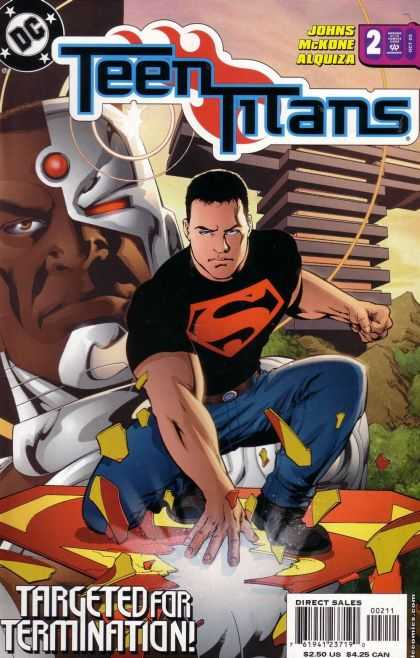

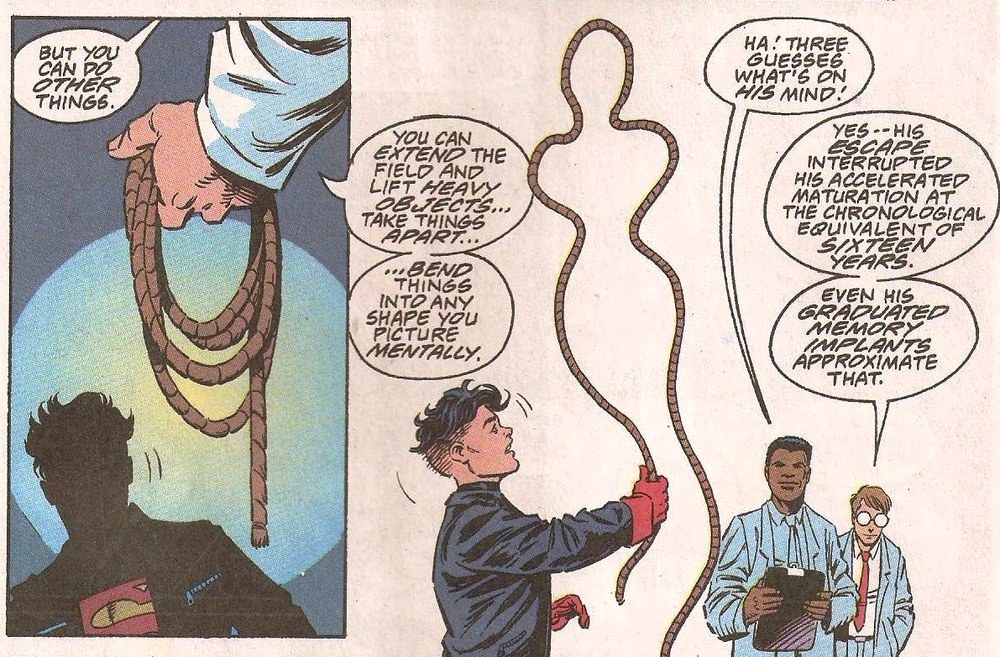
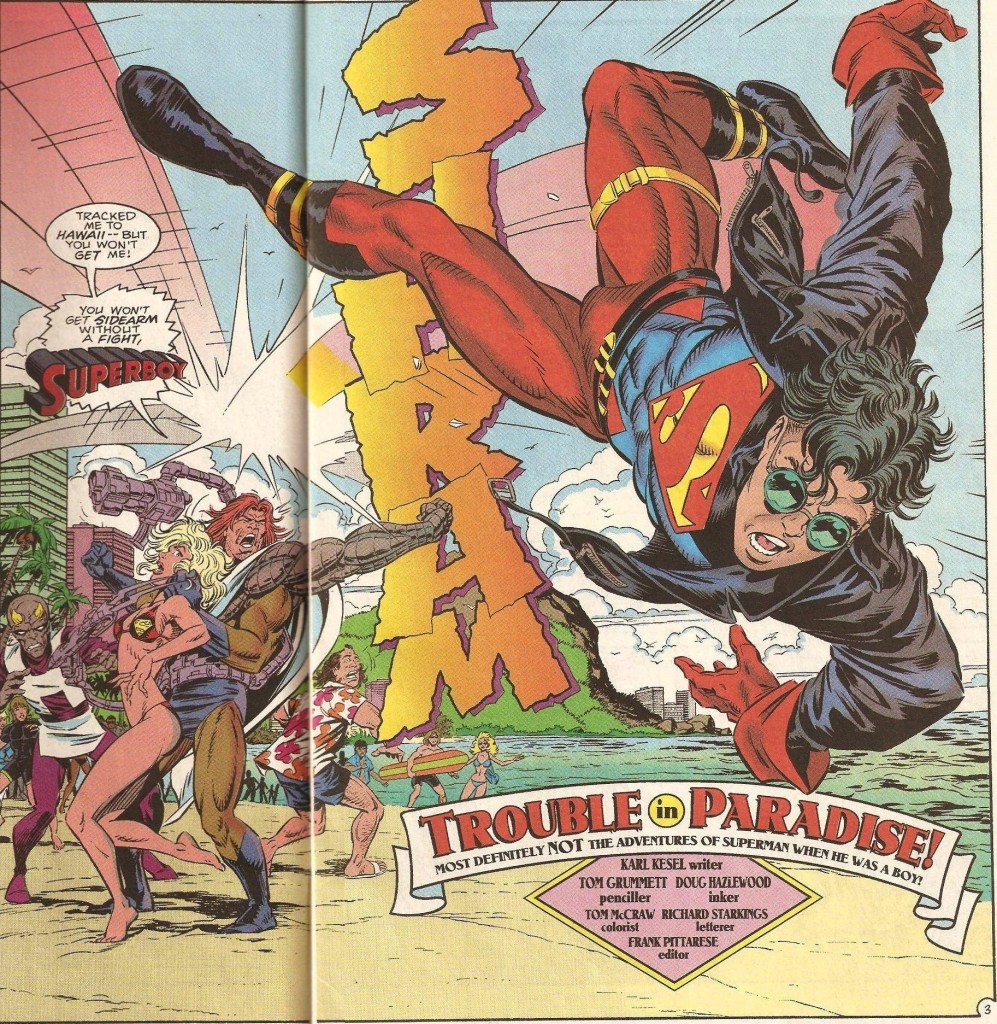
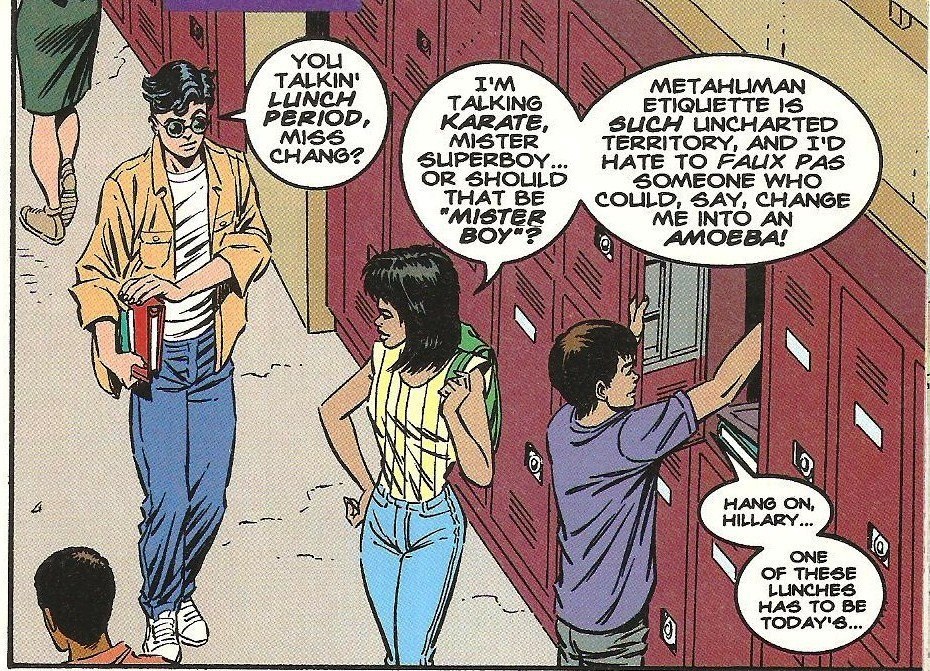
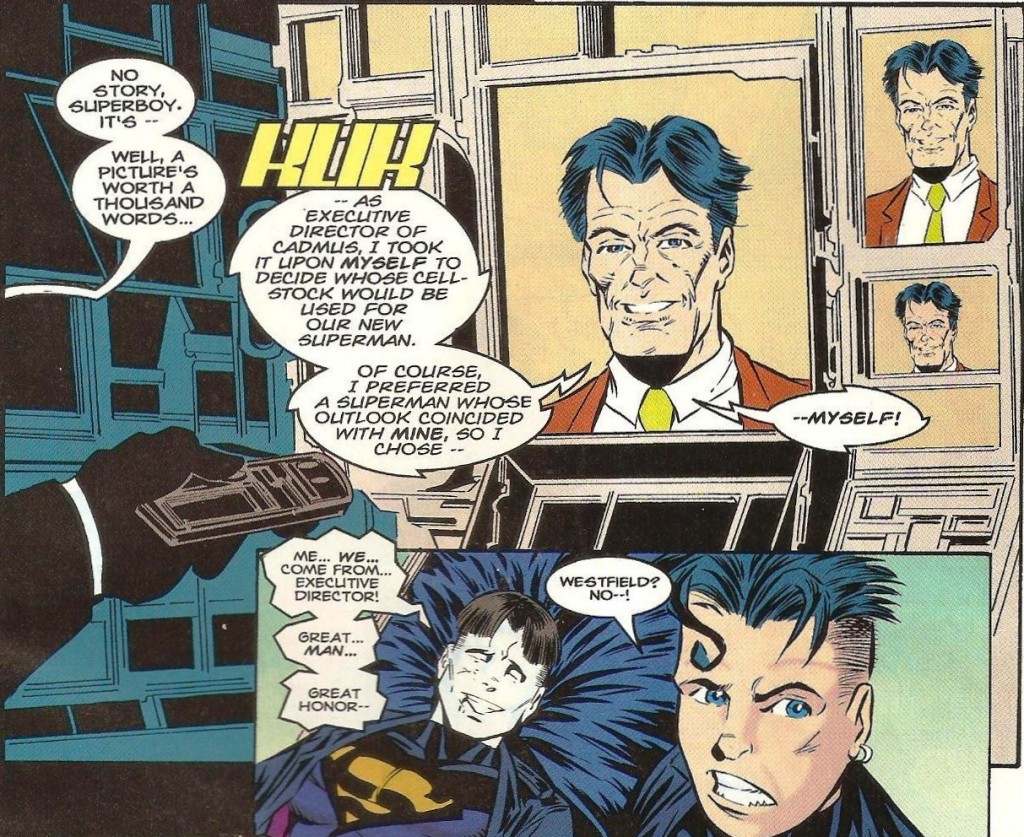
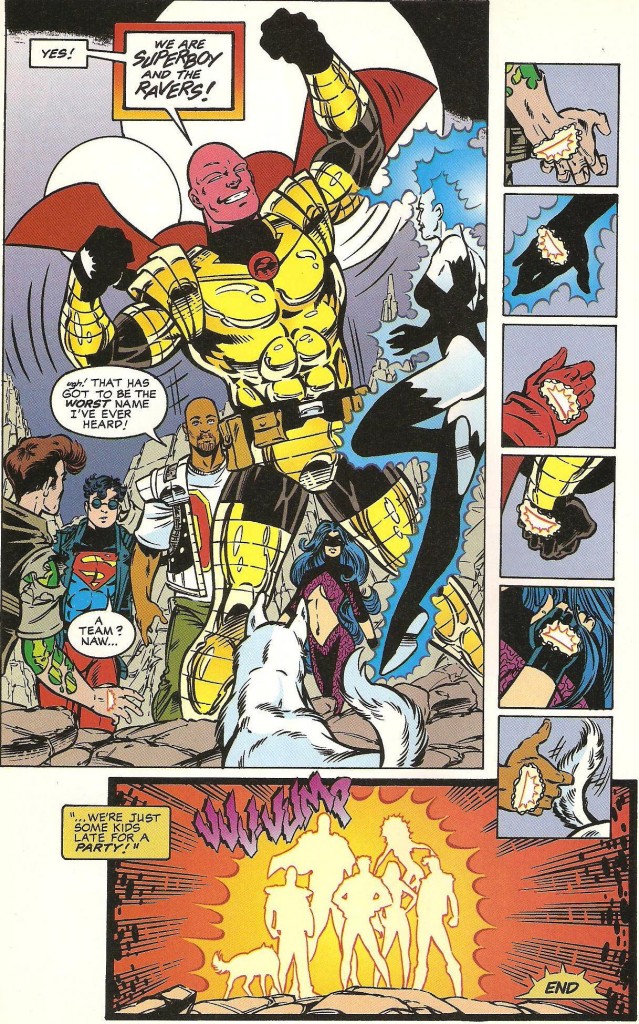

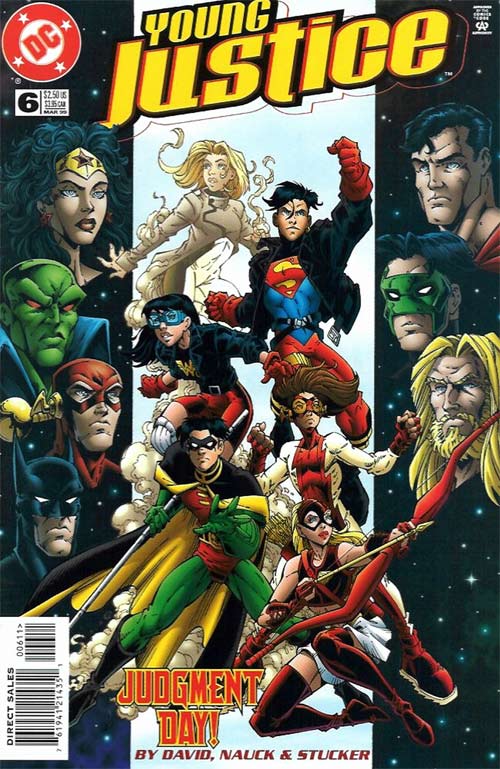


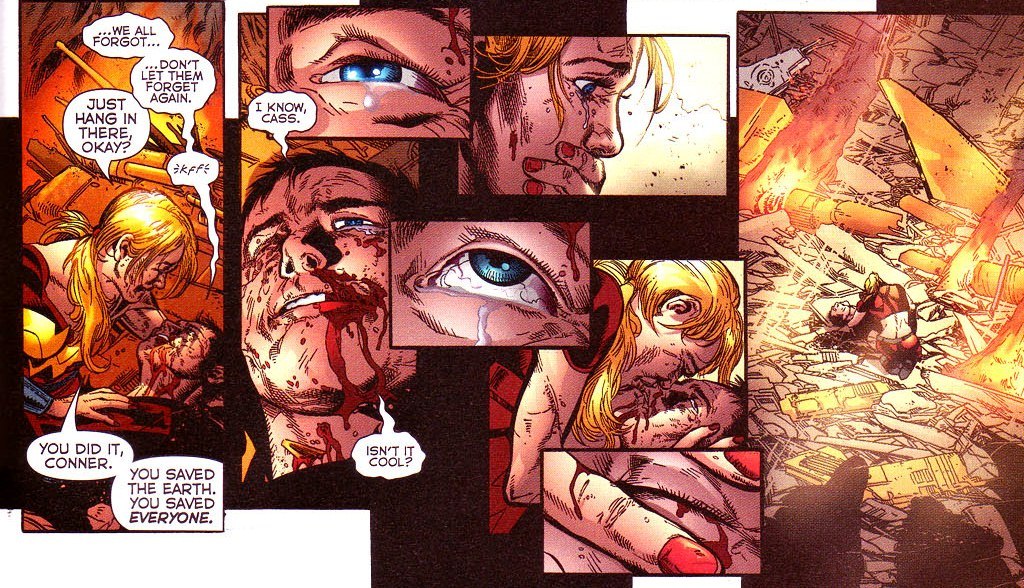
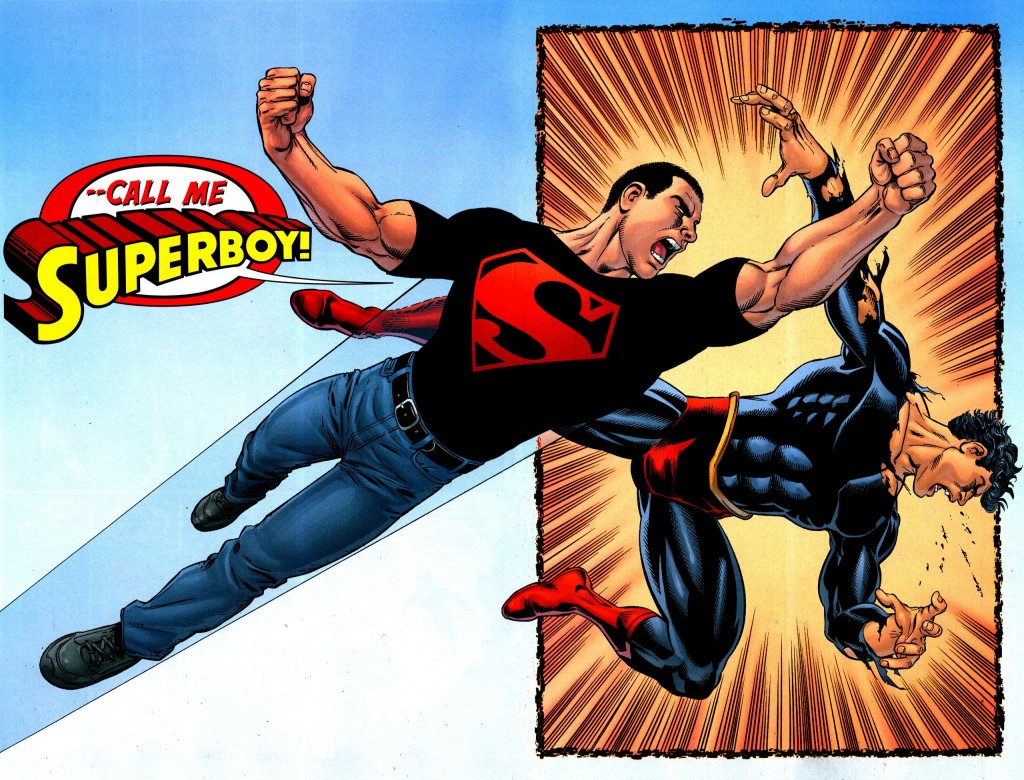
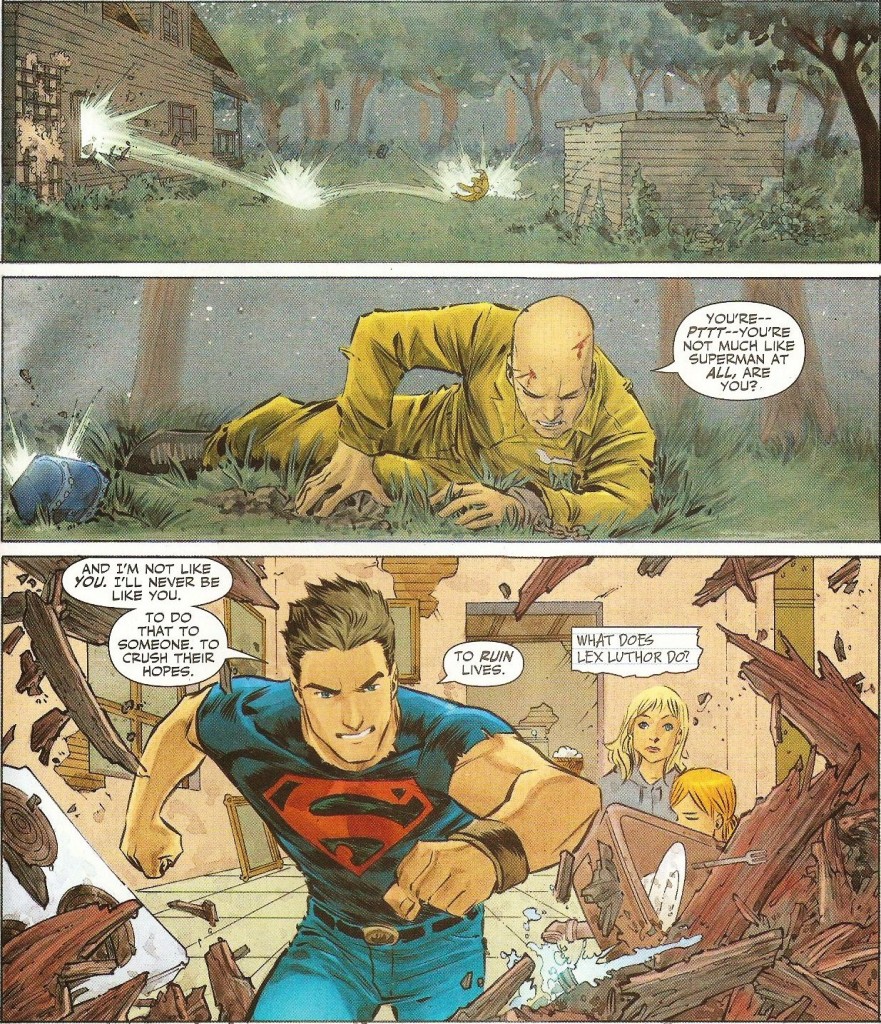
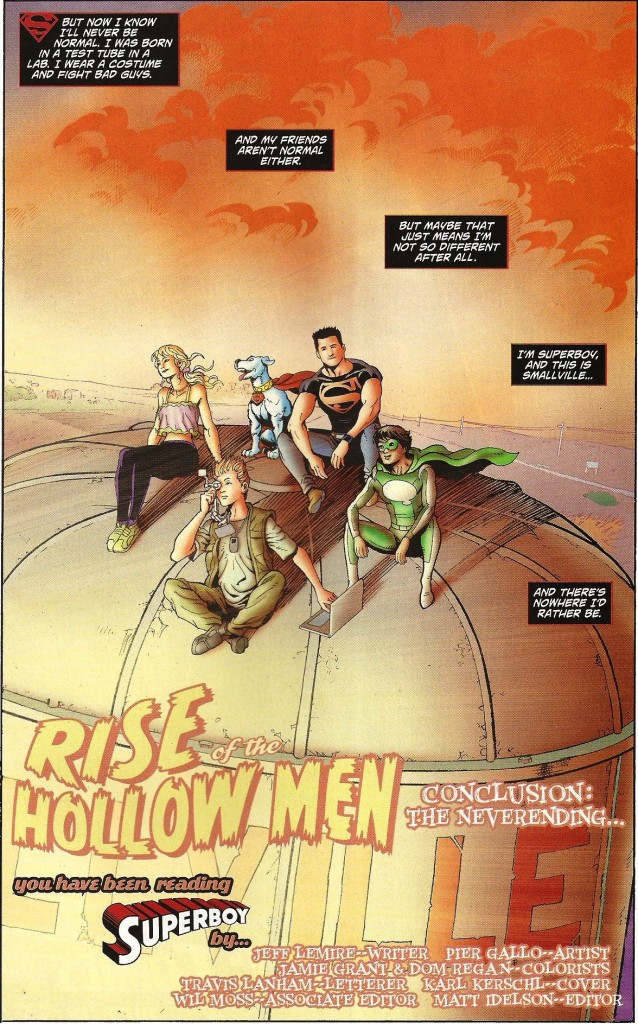
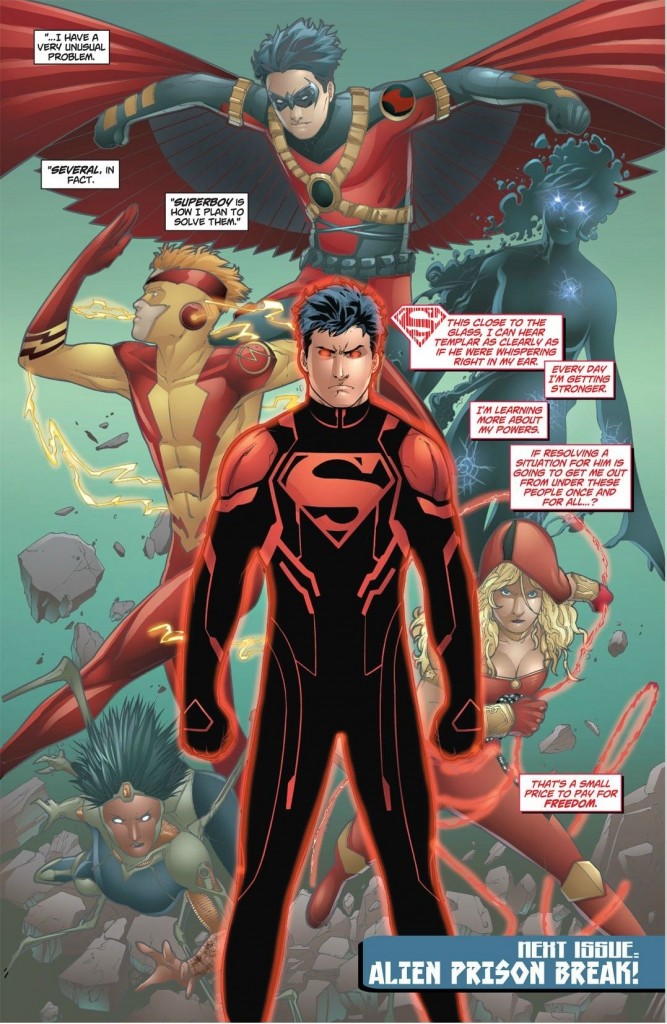


Great article, as always, Jeff!
Until recently, I had always shunned the clone version of Superboy. I can’t tell you why that was, exactly. Maybe it was because I had had my fill of clones over in the Marvel Universe. (It was the 90’s, after all.)
Anyway, what brought me around on Conner Kent was the Young Justice cartoon. Once I understood his backstory (streamlined for the cartoon), I realized what a he is a great character. It’s a shame that the Nu52 Superboy has lost all of that backstory. It feels like there was more to explore there.
“realized that he is a great character.:
After really enjoying the Johns/Manapul series I really wanted to get into more Superboy and it was a bit of a roller coaster with the Lemire/Gallo book being a disappointment and then a great first issue of the DCnU series and then going downhill from there
Awesome recap, Jeff! Histories is one of my favorite features on iFanboy.
Nu52 Superboy is… interesting. It’s examining the concept of being a Superman clone from a very different angle, and one that makes sense in a world that doesn’t love Superman unconditionally. It’s much more about becoming a person after being raised as a weapon, and in that way it’s intriguing.
Unfortunately, the story isn’t terribly cohesive, and the constant crossover with Teen titans (another title I’m enjoying) isn’t helping the book gain a real sense of identity. Regardless, the R.B Silva art is fantastic.
This was great Jeff, thanks! I absolutely adore the Kessel & Grummett Superboy run, it felt so wonderfully self-contained with well developed supporting characters. Just a lot of heart in those early issues.
agree — really would like to see this stuff collected! Not confident DC will ever get around to it.